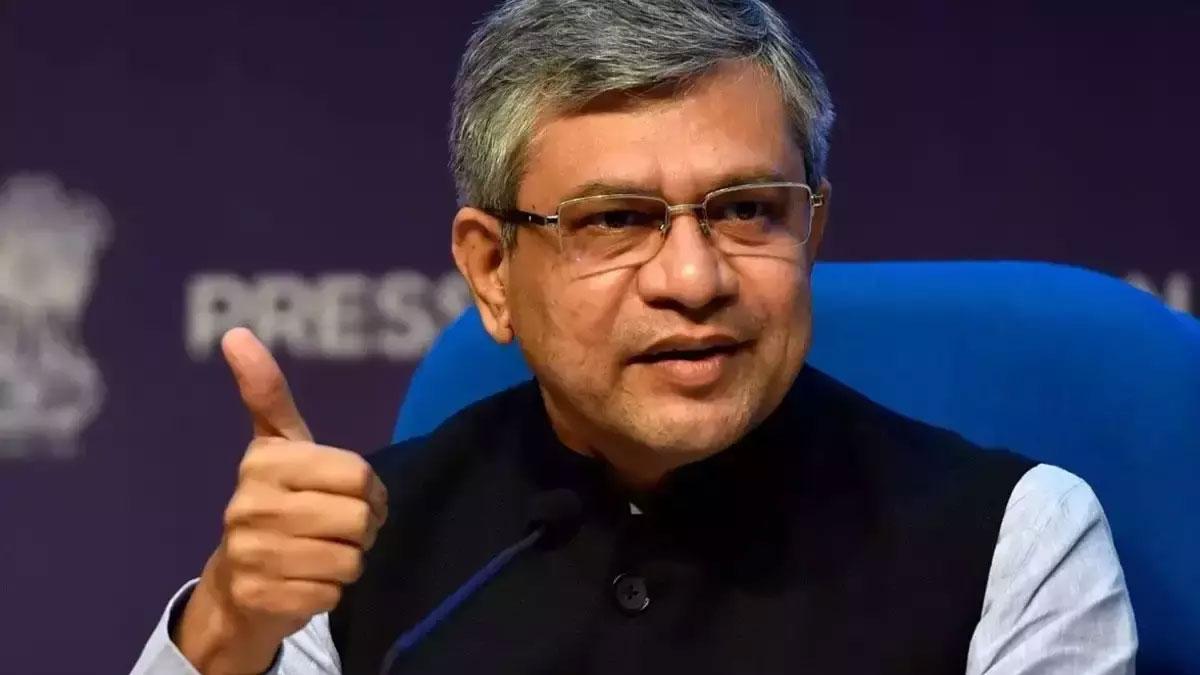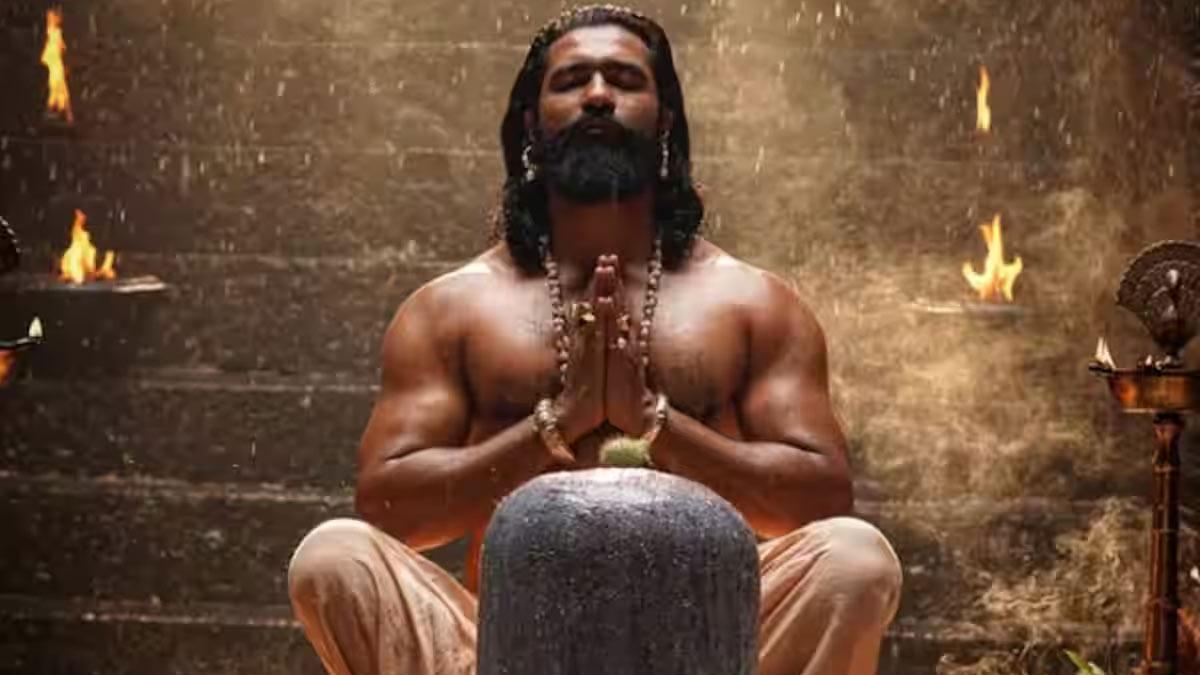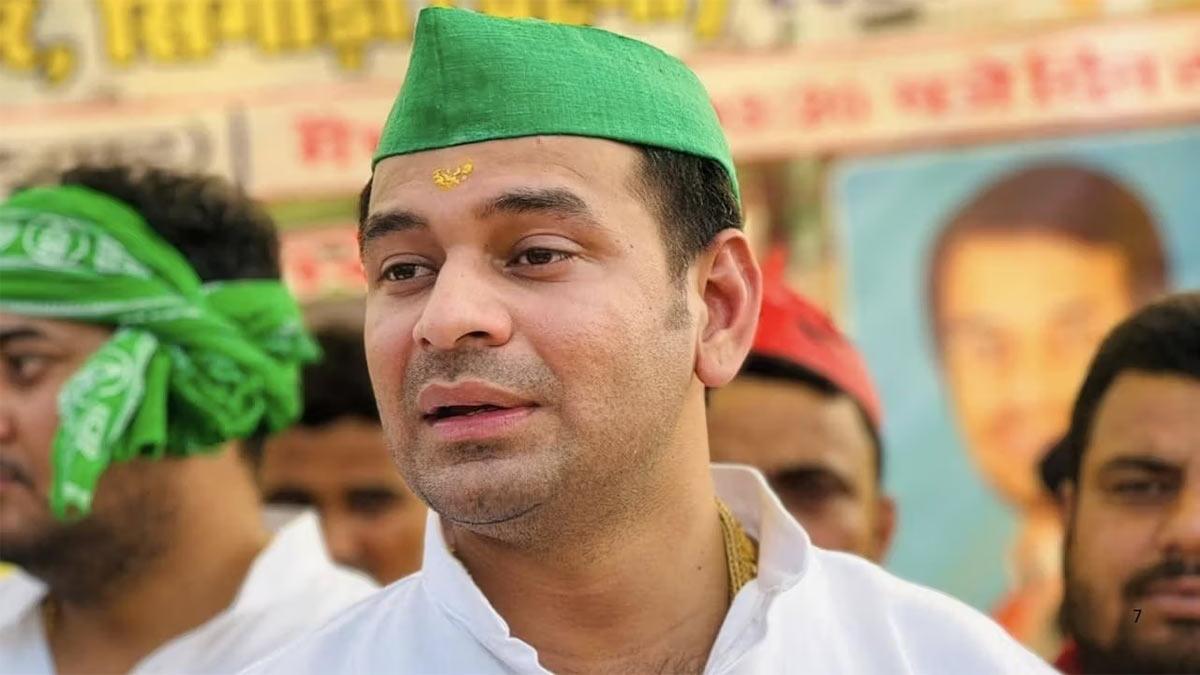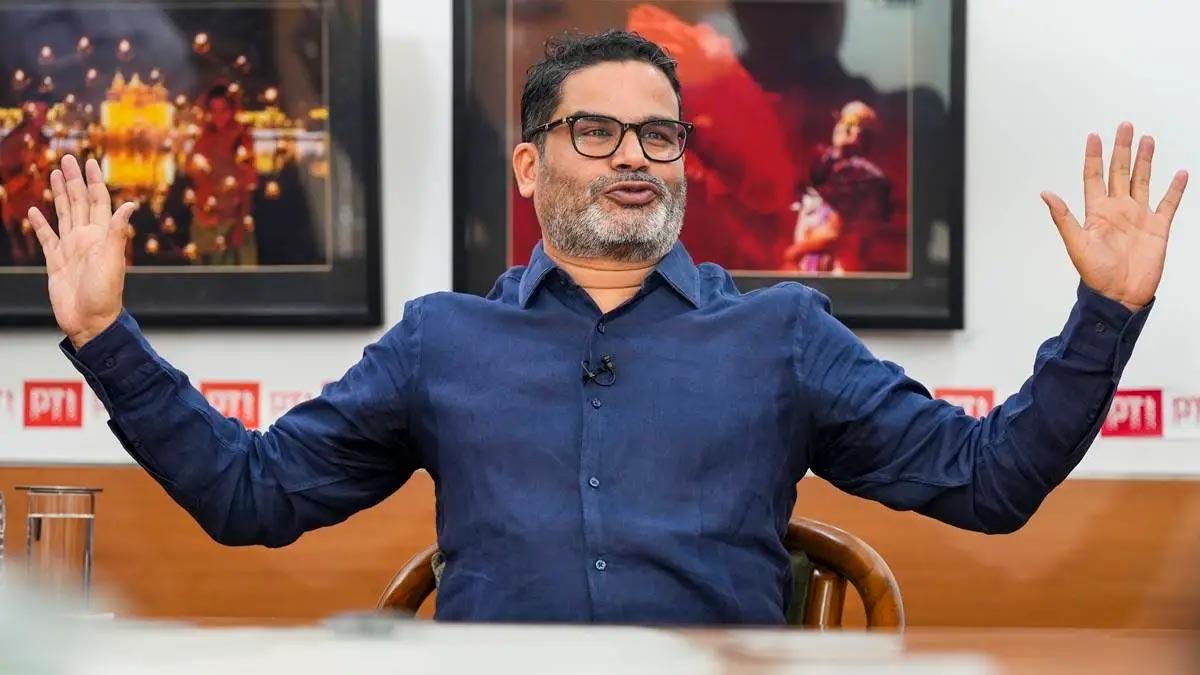As much as opposition parties might actually be crying foul over the Union Public Service Commission's latest notification on recruiting Joint Secretaries, Directors, and Deputy Secretaries through 'lateral entry', terming it an infringement on the rights of reservation to OBCs, SCs, and STs, it would do well to remember here that it is precisely this concept that was first promulgated by the Congress-led UPA government.
Union Minister Ashwini Vaishnaw hit back at the policy, citing Congress hypocrisy. Reacting to the criticism, including leader of opposition in the Lok Sabha, Rahul Gandhi's remarks against the policy, on Sunday, Vaishnaw posted a message titled, 'Lateral Entry'. “INC hypocrisy is evident on lateral entry matter. It was the UPA government which developed the concept of lateral entry. The second Admin Reforms Commission (ARC) was established in 2005 under the UPA government. Shri Veerappa Moily chaired it.
“UPA period ARC recommended recruitment of experts to fill the gaps in roles that require specialised knowledge. NDA government has created a transparent method to implement this recommendation. Recruitment will be done through UPSC in a transparent and fair manner. This reform will improve governance.”
He stated that the ARC had recommended bringing in experts to specialized roles, which the NDA government is now doing through an open UPSC recruitment for improved governance.
The sources added that the Second Administrative Reforms Commission, entrusted with the task of recommending measures to make the Indian administrative system more efficient, responsive, transparent, and citizen-centric, was strongly in favor of the concept of lateral entry.
Background
The Second ARC, led by Veerappa Moily as chairman, was entrusted with the task to recommend reforms so that the Indian administrative system may be better and more transparent. Its 10th report, 'Refurbishing of Personnel Administration – Scaling New Heights,' brings out the need for personnel management reforms in the civil services arena. This has specifically recommended lateral entry into senior government posts needing specialized expertise.
• Need for Expertise: The ARC felt that certain government jobs require domain expertise, which is not easily available in the conventional civil service. It recommended induction of professionals from the private sector, academia, and public enterprises to fill such gaps.
• Creation of a Pool of Talents: The ARC recommended the creation of a pool of professionals hired on a short-term/contractual basis to bring new perspectives and expertise in areas like economics, finance, technology, and public policy.
• Selection Process: The Commission wanted a transparent and merit-based selection process for the lateral entrants; it also recommended setting up a dedicated agency for their recruitment and management.
• Performance Management System: A robust performance management system was advised to be in place to assure accountability and to evaluate periodically the contributions of lateral entrants.
• Integrating with Civil Services: It also stated that the lateral entrants should be integrated into the civil service along with the preservation of integrity, ethos, and traditional framework.
Historical Context
The first ARC, set up in 1966 under Morarji Desai and later K. Hanumanthaiah, laid the bedrock for deliberations pertaining to the requirement of professional skills in civil services. Never openly pleading for lateral entry, the commission did underscore professionalization and training reforms so that the bureaucracy would be better placed to meet the challenges of the transforming nation.
The Government of India has traditionally brought in people from outside in highranking positions, essentially as advisers, but sometimes to key administrative positions as well. For example, the post of Chief Economic Adviser is almost always a lateral induction, mandatorily an eminent economist below 45 years of age. There have been many other noted lateral inductees into the Central Government.
Lateral Entry during Modi Government
It is the lateral entry scheme, which the government of Prime Minister Narendra Modi formally launched to bring in domain experts to boost administrative efficiency. In 2018, the Union Government invited professionals to apply for Joint Secretaries and Directors: a paradigm shift indeed, for it would encompass the private and public sectors. There will be an arduous exercise only based on qualification, experience, and suitability for such strategic positions.
It was based on some very basic recommendations made by the Second Administrative Reforms Commission, which wanted to involve external expertise in civil services for dealing with challenging issues of modern governance. The recruitment of Joint Secretaries in 2018 was a practical implementation of the vision enunciated by ARC and uninterruptedly carried on the efforts undertaken toward making public administration in India modern and suited to the requirements of contemporary times.
Read also | Ajit Pawar shown black flags during Pune yatra; NCP seeks clarification from Fadnavis


















